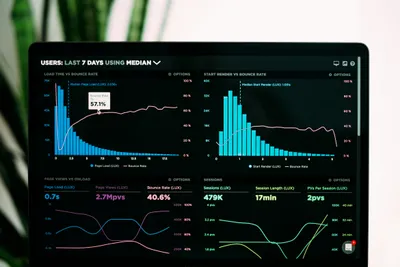
Why Social Media Integration is Essential for E-commerce Success
In today’s digital age, leveraging social media has become an indispensable component of a successful e-commerce strategy. With millions of users scrolling through social media daily, platforms like Facebook, Instagram, Twitter, and Pinterest present a goldmine of opportunities for business owners to enhance their online presence, engage with their target audience, and drive more sales. This article explores the crucial role of social media in e-commerce and provides actionable tips for Australian entrepreneurs to harness its power effectively.
Identify Your Target Audience
Understanding your target audience is the first step in integrating social media into your e-commerce strategy. By analyzing your audience's preferences, behaviors, and the platforms they frequent, you can tailor your social media efforts to meet their needs and interests. This targeted approach not only boosts your engagement rates but also increases the likelihood of conversions.
Leverage the Power of Visual Content
Visual content is king on social media. High-quality images and videos of your products can capture the attention of potential customers and drive engagement. Platforms like Instagram and Pinterest are particularly effective for showcasing products through compelling visual storytelling. Remember, the goal is to entice users to visit your online store, and engaging visual content is a powerful tool to achieve this.
Engage and Interact with Your Audience
Building a strong relationship with your audience is critical in the digital arena. Responding to comments, answering queries, and engaging in conversations on social media platforms can humanize your brand and foster a loyal community. Additionally, incorporating user-generated content, such as customer reviews and photos, can boost trust and encourage more user interaction.
Utilize Social Commerce Features
Many social media platforms now offer integrated shopping features, allowing users to browse and purchase products without leaving the app. Utilizing these social commerce options can simplify the purchasing process for customers and provide a seamless shopping experience. Incorporating shoppable posts, stories, and ads can significantly enhance your e-commerce strategy by directly linking social media engagement with sales.
Measure Your Efforts and Optimize
Finally, tracking your social media performance is crucial to understanding what works and what doesn’t. Utilize analytics tools provided by social media platforms to monitor engagement, reach, and conversion rates. This data will help you refine your strategy, make informed decisions, and ultimately, achieve your e-commerce goals.
In conclusion, integrating social media into your e-commerce strategy is no longer an option but a necessity. By following these tips, Australian business owners can enhance their online presence, engage more effectively with their target audience, and drive increased sales. Embrace the power of social media and watch your e-commerce business thrive.
Related Articles
Discover articles tailored to your interests, providing deeper insights and extended learning opportunities. Our "Related Articles" feature connects you with content that complements your current read, ensuring you have all the knowledge you need to make informed decisions about your business's online presence.



Related Posts
View All
Sustainable Web Design: Making Your Website Eco-Friendly


